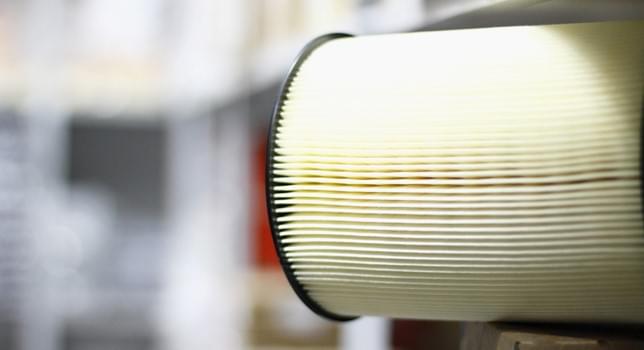Market Report
The Future of Global Nonwovens to 2024

There is also a positive outlook for nonwovens in construction in roofing and related building applications. Worldwide demand for new homes will underpin new demand, predominantly for house wrap and roof underlay fabrics, used to prevent outside air and rain from penetrating a house, while allowing humid air to escape from the inside.
A construction boom will also help new sales of nonwovens for carpet materials, although many more modern homes now have less carpeting. Demand for new cars will support expanding consumption of automotive carpeting, which in particular favours the thermoforming and bulk thickness delivered from nonwovens manufactured via needlepunch processes.
New building projects and urban development especially in Asia will also see greater demand for durable nonwovens in geotextiles. There will also be demand in more developed economic regions – though these will rely more on replacement or repair of ageing or obsolete infrastructure.
The main applications include asphalt overlays, separation of dissimilar materials, lining systems, reinforcement of weak soils and other materials and drainage/filtration systems. High tear strength, and resistance to heat, UV light and long-term environmental exposure; again mean needlepunch nonwovens will benefit most from this segment, but spunbond polyester and polypropylene formulations are also used.
The fastest expanding market for disposable nonwovens lies in wipes, which the Smithers study further sub-divides between personal, household, and industrial end uses.
Personal care wipes, especially baby wipes, often follow diapers in developing regions, usually after a time lag. The personal income level that usually supports diaper sales growth in a region is still about one-third to one-half of that required to stimulate wipes penetration. Therefore, wipes penetration is still low in large developing regions, such as China and India, but these regions will fuel growth as developed region markets slow.
Faster growing components include many flushable wipes, such as adult moist toilet tissue and toddler toilet care wipes, cosmetic/facial wipes, feminine hygiene wipes, bathing wipes and some incontinence wipes.
The flushable and biodegradable segments, now supported by new and effective nonwovens, should continue excellent growth through to 2024 and beyond. An excess of flushable nonwovens capacity will drive prices down and increase growth in these segments, however.
Typically, home care wipes are the last wipes to penetrate a developing region. Continuing moderate growth in the Americas will offset slower growth in Europe, in a segment that is dominated by a few major producers and brand product lines.
Industrial wipes are used in multiple applications – including automobile body degreasing, printing press cleaning, cooking grill cleaning, clean room wipes, polishing, skin preparation, and for anti-bacterial cleaning and patient in medical facilities. These are the fastest growing wipes sub-segment with double digit growth forecast through to 2024.
Industrial wipes are booming as they are an efficient at substituting for industrial rag textiles. These textiles need laundering and handling of liquid waste (laundering water). Across the next five years lightweight nonwovens will be used in this area, moderating in use cost and increasing in square metre growth in particular.
Hygiene applications will remain largest consumer of disposable nonwovens, due mainly to the large baby diaper, toddler training pants and feminine hygiene markets. Use of these products is already well developed in western markets, but new growth potential will be seen in developing regions, especially China, as consumer switch from more traditional solutions.
Some of the biggest trends today in hygiene are for:
The Future of Global Nonwovens to 2024 provides comprehensive forecasts for this important global industry. Exclusive data is presented in over 130 tables and figures (by value, volume and tonnage ) across all essential metrics – nonwoven process, base material, end-use application, and geographic region.